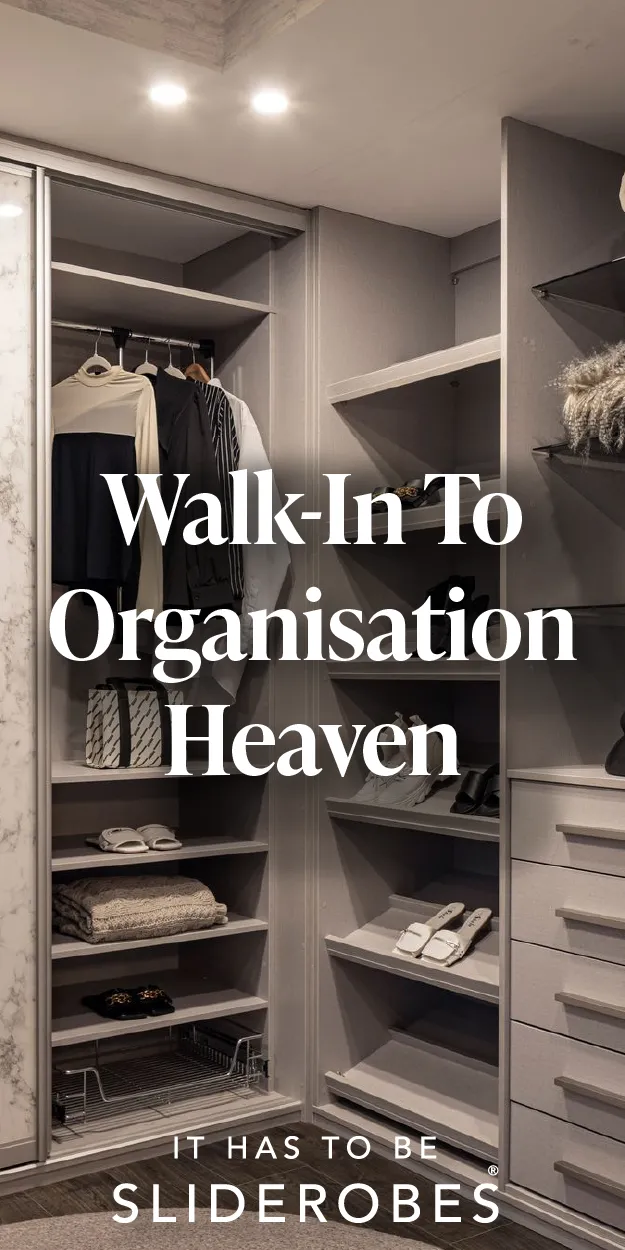
Why we all need psychological safety at work – and how we can make it happen
We get tips from management coach Caoilfhionn Buckley on how small acts of psychological safety can help improve your workplace dynamics.

Do you feel safe to share your ideas at work? Can you admit to and discuss mistakes or problems without fear of retribution? Are you able to offer constructive criticism without it being mistaken as a personal attack? Would you feel comfortable saying that, on some days, you are not capable of working at your best?
Having space to do all of the above and more is dubbed ‘psychological safety’, and it’s considered a cornerstone of a positive work culture. It has been 25 years since Harvard Business School’s Dr Amy Edmondson coined the phrase ‘team psychological safety’, but interest in the concept has been piqued in recent times.
Perhaps this is because of the links being drawn between psychological safety and the capacity to innovate and grow, positioning it as a business advantage. “It’s really easy to see when there is psychological safety in a team,” says management coach Caoilfhionn Buckley, founder of Dare to Du. “They’re able to spitball. They’re able to move fast. They’re able to move slow. They’re able to share opinions and know that they don’t have to be super guarded about it.”
While true psychologically safety would have to be embedded throughout your workplace culture, Caoilfhionn says there are small actions you can take to introduce the concept for your team. For example, managers interested in creating this kind of environment can hold “pulse checks”: brief team meetings that aren’t seeking updates on project status or progress but checking up on your team’s general wellbeing. “Where’s your energy today? Is there anything we need to know about? What’s good? Is there any baggage you’re bringing? Is there anything that’s preoccupying your mind that you maybe need to leave at the door today?” are all questions Caoilfhionn suggests you can ask.
Then, you have to be prepared to receive the responses to those questions in good faith. For those who are having a bad day or struggling for reasons beyond the workplace, their explanations shouldn’t have to be overly personal or revealing either – they are still entitled to a private life after all. There simply needs to be an acceptance that people may not be at full throttle at all times. “There are times we have blips. There are times we are not our best selves. And that’s OK,” says Caoilfhionn.
And being better informed on everyone’s state of being can be a huge help to your project and resource management, and in setting expectations. “It helps with ease of communication. It helps with that flow within teams,” Caoilfhionn adds.
“There’s loads of different structures you can use,” she advises. One team she knows asks for one word to describe the day’s mindset, which can be anything from positive and energetic, to sluggish, foggy or uncertain. “That’s just an indication of where you are in your energy or your emotional state. That doesn’t mean that you have to reveal the why, the where, the how or the whole root to why you’re feeling like that today.”
But in case you do have a team member who needs to talk more, in private, Caoilfhionn recommends you make space for that too, letting team members know if you have a window in your schedule where anyone can come for a one-on-one, for anything they need to discuss.
“This isn’t about solving anything,” assures Caoilfhionn, as psychological safety also means team leaders must not feel they have to take on all of the issues raised to them. “Really good managers burn out that way, where they haven’t learned the emotional regulation to actually go out to hold space for that person that’s in crisis or is upset.”
It’s important that managers know that this is also work they don’t have to take home with them. “[Psychological safety] massively reduces the burden of the manager because they no longer feel that responsibility for everyone’s upsets or everyone’s big fallouts or personal issues. It becomes a lot more like I can actually empathise with you rather than having to sympathise and take it all on and really internalise it.”
All of this takes good leadership and, as with any form of workplace culture, it has to come from the top down.
“Whoever the leader is in that room, they have to be the ones to go first and really share,” says Caoilfhionn. “It has to come from a culture of them starting to volunteer stories. Stories about whenever they’ve either been in their [employees’] shoes, specifically at that level, or day-to-day examples.”
Sharing personal experiences of setbacks can assure your staff that it’s safe for them to experience these things too. They can also take your lead from what you learned and apply that to issues they encounter. Because, if you want your employees to practise a culture of openness, and sharing both good news and bad, it must be reciprocal. “You can’t put something like this in place if you’re just expecting the managers to come and say it and no one else above them is saying it. It won’t work,” says Caoilfhionn.
Find out how dara & co can help you take a personalised and proactive approach to corporate wellness by emailing [email protected].



